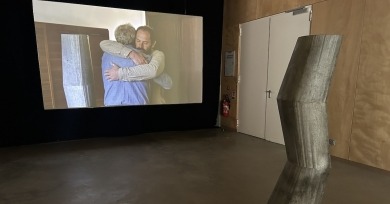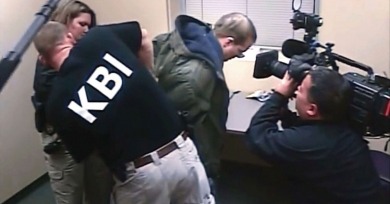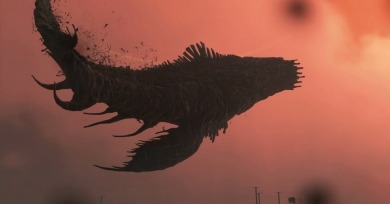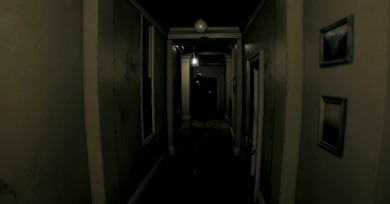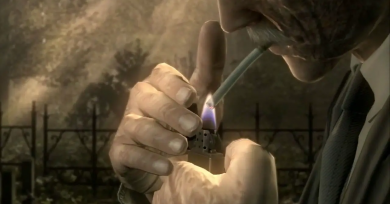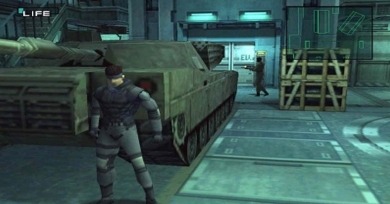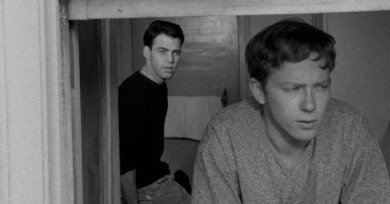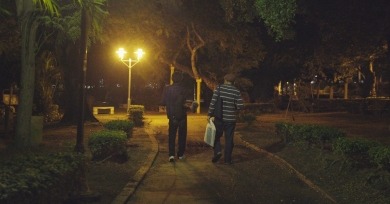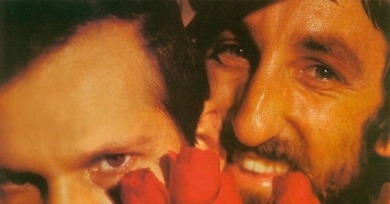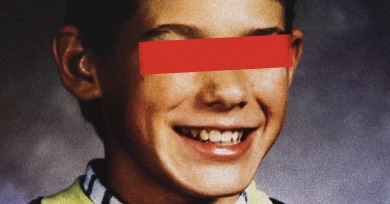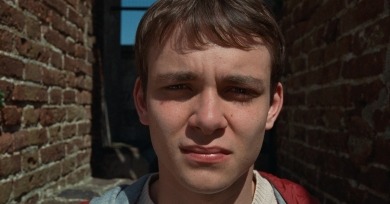Features
The grieving man from Mumbai has the downward stare and stooped shoulders of the touch-starved, his back perpetually stiffened into a forbidding carapace. This is Anand, the recessive center of Cactus Pears, Rohan Kanawade's semi-autobiographical first feature.
A Few Great Pumpkins
The Bad Seed, Halloween III: Season of the Witch, The Black Tower, Cure, Christine, What Lies Beneath, and When Evil Lurks.
The further one delves into Creton and Barré’s catalogue, the more the films begin to feel like pieces of an indivisible whole, one that encompasses the entirety of their personal and professional lives.
The Candid Camera–style, “gotcha” approach has appealed to a new wave of online predator hunters: streamers who transpose the TCaP framework to YouTube, Facebook, Rumble, and Locals. Many of these shows are hosted by survivors, or people one step removed from them.
These games represent the beginning of a new era in Kojima’s output. With Death Stranding, Kojima affirmed that he would be doubling or tripling down on conceptual oddness.
In the mid-2010s, Hideo Kojima created two video games: P.T. (2014) and Metal Gear Solid V (2015). Both of them were released incomplete as a result of his crumbling relationship with Konami. Yet they are nevertheless landmark works whose influence is still felt a decade later.
Kojima encourages the player to hold back on inflicting violence on others. His continued preference for a non-lethal approach to combat (prioritizing stealth) is built into both games.
Kojima’s web of historical, scientific and artistic allusions obscures the border between “high” and “low” art, or “art” and “entertainment,” that remains common in discussions of games’ artistic legitimacy.
Hideo Kojima’s work is brilliant, stupid, invigorating, and baffling. Fans will tell you he makes thought-provoking, politically trenchant art that bridges gaps between games, cinema, and literature, while detractors will tell you he’s a midwit who can’t stop huffing his own snake oil.
Making a film about queerness just five years before the decriminalization of homosexuality in Canada necessitated that Secter toe a line and avoid any overt displays of homoeroticism.
Where is the line between performance and reality when you are instructed to play yourself and not just any version, but your current version at the present moment? As the production progresses, the two men develop an independent friendship alongside their ideas about what this film is and how they should best live their lives.
Much of the low-budget queer cinema of the 20th century has a documentary flavor; everything feels authentic and real even when fictionalized. In many of these films, a liberated, explicit representation of active queer spaces is still informed by the reality of the closet.
The notion that gay lifestyles are fundamentally lonely and perilous is, of course, absurd and antiquated, but this acutely provocative filmmaker meets such stereotypes head-on, exposing their roots, testing their limits, and probing their lasting impact on queer narratives past and present.
Diciannove, the first film by Giovanni Tortorici, who is not yet out his twenties, speaks to the psychic undercurrents of our fresh Hell, while also carrying on a dialogue with the traditions of European romanticism in literature and film.


